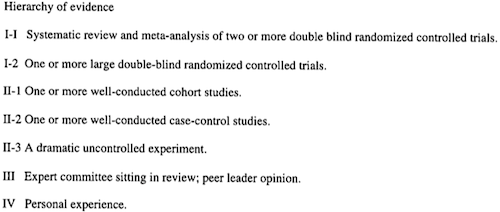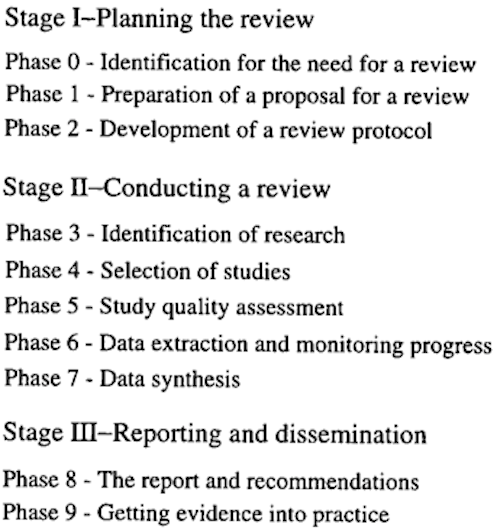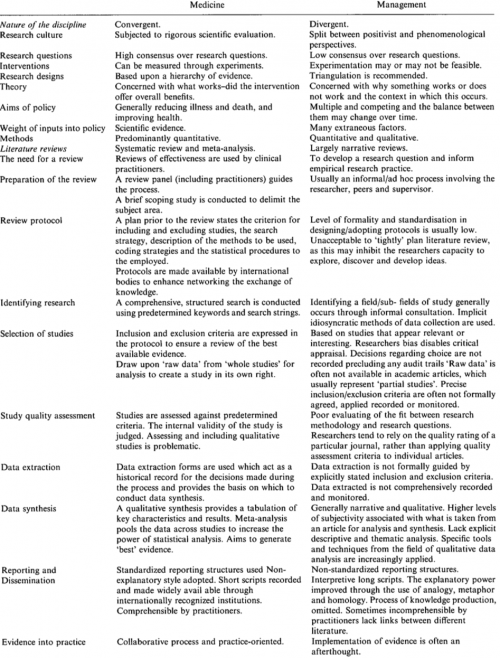Follow Up: Systematic Review
Already some time ago I wrote about Systematic Review, a literature analysis approach that should lead to a well founded overview of a specific research field. Since I left out the history and some insights last time I wanted to extend on my last article here.
History and background
Systematic Review developed from a need in medical research to aggregate multiple studies on one research topic into a comprehensive picture on the current state of the research. Meta research can improve the overall validity of the research by increasing the sample size and viewing a research problem from different angles. But this also comes with a disadvantage as well: Small differences in the methodology of the original studies have to be acknowledged by the researcher and incorporated within meta analysis. Larger differences can even lead to the invalidity of the whole meta study.
But meta studies still is one of the best evidence there is (figure 1).

So to overcome the difficulties the Systematic Review process was developed, with the goal to formalize the process of meta analysis
Transfer
Tranfield (2003) pioneered the transfer of the methodology to the management field with only few adjustments. To justify the transfer he compared the research methodology in management and medicine (figure 2).
Conclusion
In my own research the Systematic Review approach proves very helpful in organizing the vast amount of research available in supply chain risk management.

Tranfield, D., Denyer, D., & Smart, P. (2003). Towards a Methodology for Developing Evidence-Informed Management Knowledge by Means of Systematic Review British Journal of Management, 14 (3), 207-222 DOI: 10.1111/1467-8551.00375









Add new comment